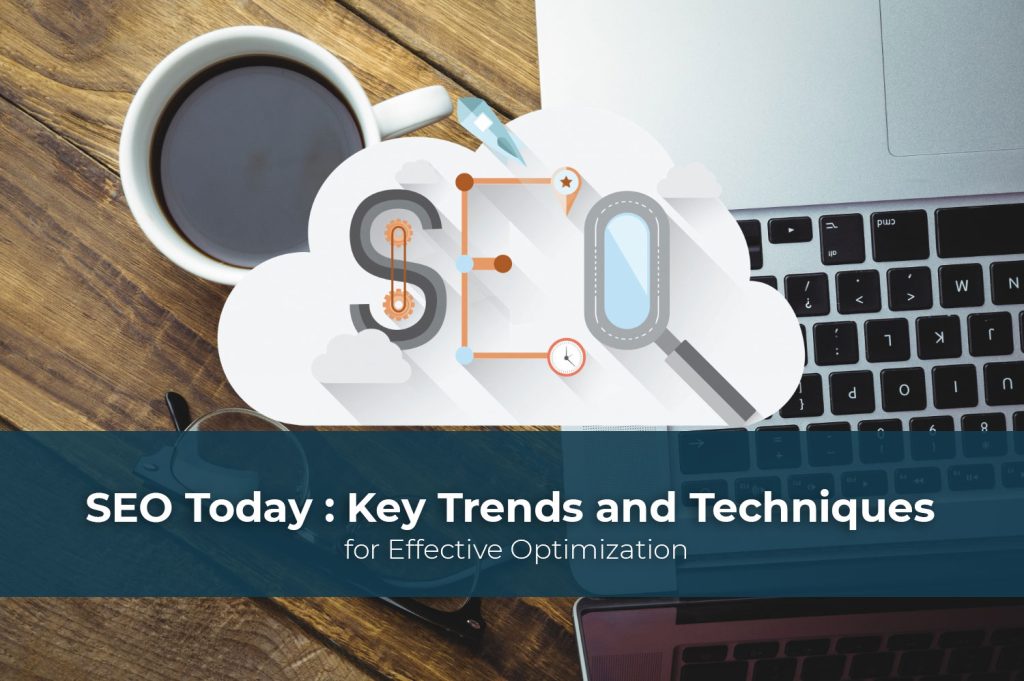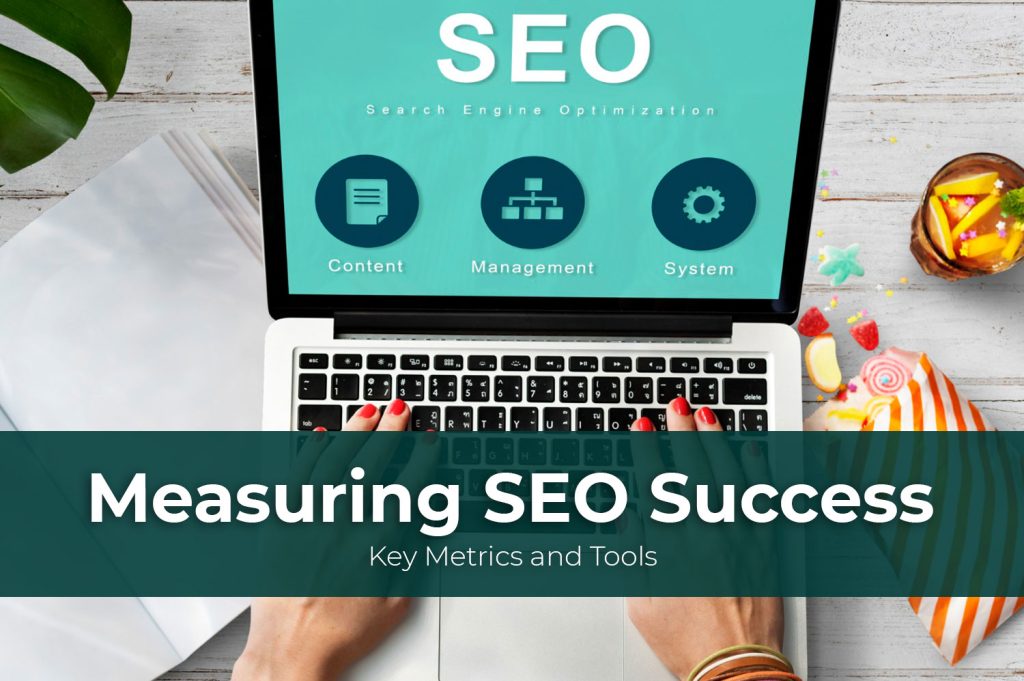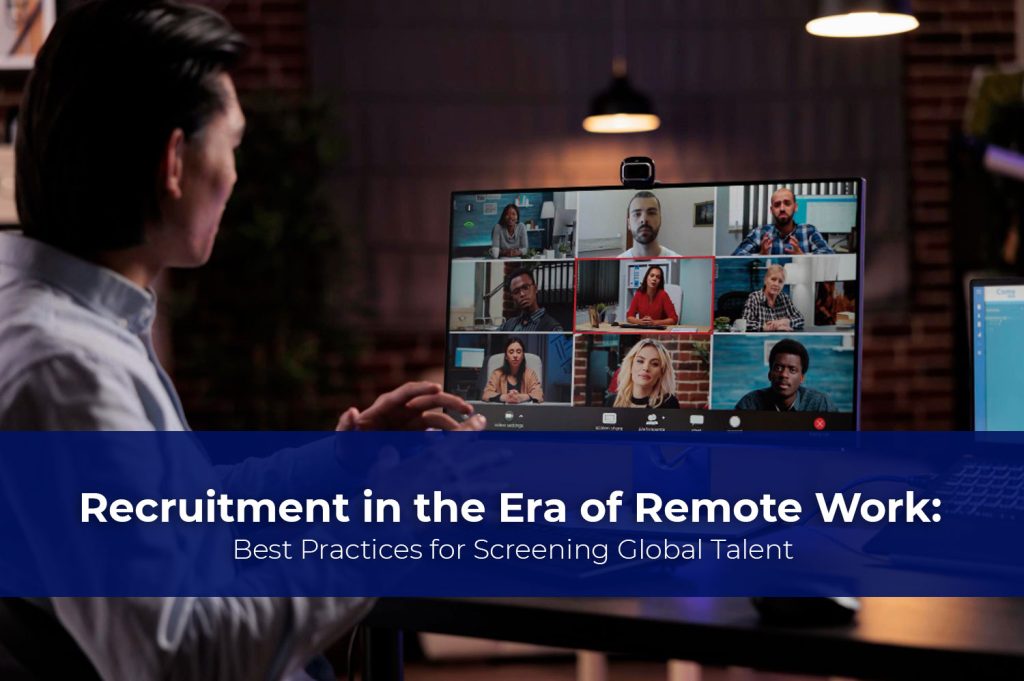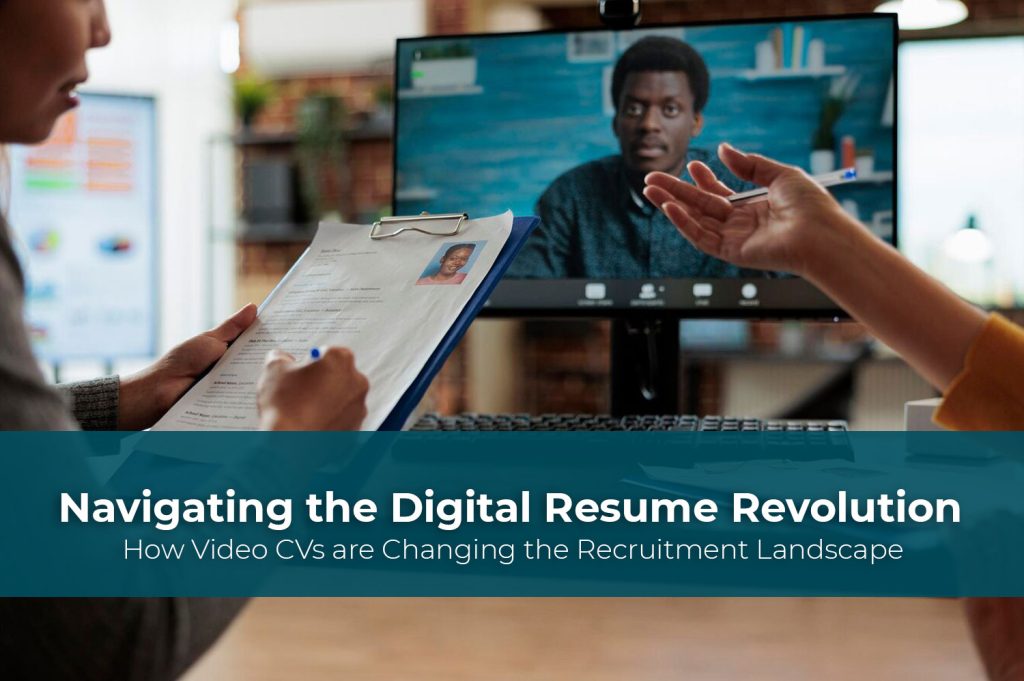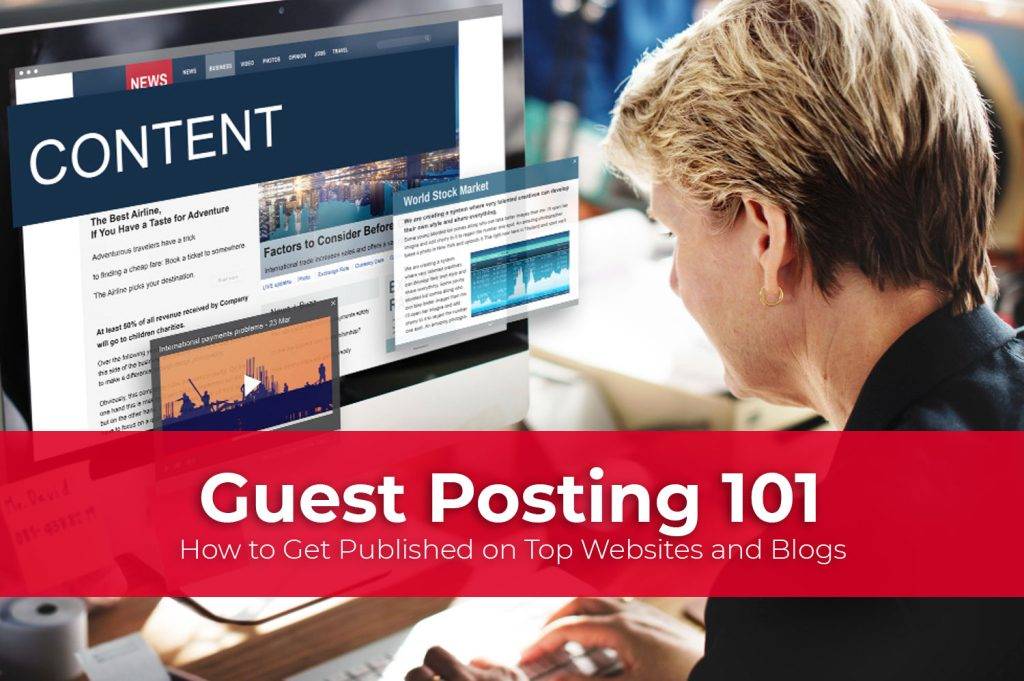
Table of Contents
ToggleIntroduction
In today’s rapidly evolving corporate world, the emphasis on gender diversity, especially in leadership roles, has never been more pronounced. Despite strides in gender equality, women continue to be underrepresented in leadership positions across various industries. This disparity not only raises concerns about fairness and equality but also points to a missed opportunity for organizations to harness a diverse range of perspectives and skills. This blog post delves into the importance of empowering women in leadership and outlines effective strategies for achieving gender-balanced recruitment. By understanding the current landscape and recognizing the inherent benefits of a diverse leadership team, organizations can take meaningful steps towards creating a more inclusive and dynamic workplace.
The journey toward gender-balanced leadership is not just a moral imperative but a strategic necessity for businesses aiming to thrive in a globalized economy. It involves dismantling long-standing barriers, challenging stereotypes, and implementing practices that promote equality. Through this blog, we aim to offer actionable insights and practical solutions for organizations seeking to enhance their recruitment strategies and foster an environment where women in leadership can flourish. By prioritizing gender diversity, companies can unlock their full potential, fostering innovation, resilience, and growth.
1. Understanding the Gender Gap in Leadership
The gender gap in leadership is a multifaceted issue rooted in historical, cultural, and organizational practices. To bridge this gap, it’s essential to:
- Acknowledge the existence and extent of the gap.
- Understand the barriers women face in climbing the corporate ladder.
- Recognize the impact of societal norms and unconscious biases.
- Explore the benefits of diverse leadership.
- Emphasize the need for change at both organizational and societal levels.
The journey toward gender-balanced leadership is not just a moral imperative but a strategic necessity for businesses aiming to thrive in a globalized economy.

2. Creating Inclusive Job Descriptions
Job descriptions are often the first point of contact between an organization and potential candidates. Crafting inclusive descriptions is crucial for attracting a diverse applicant pool.
- Use gender-neutral language.
- Highlight your company’s commitment to diversity and inclusion.
- Avoid stereotypes and gender-coded words.
- Focus on essential qualifications and skills.
- Incorporate inclusive policies and benefits.
For more insights, see “Writing the Perfect Job Description to Attract Top Talent.“
3. Implementing Unbiased Recruitment Processes
An unbiased recruitment process is fundamental to achieving gender balance in leadership.
- Structure interviews to focus on skills and experiences.
- Train hiring teams on recognizing and mitigating unconscious bias.
- Use diverse interview panels.
- Employ blind recruitment techniques.
- Regularly evaluate and update recruitment strategies.
Learn more from “6 Common Myths About RPO Services Debunked.“
4. Leveraging Data and Analytics in Recruitment
Data-driven approaches can significantly enhance the effectiveness of gender-balanced recruitment strategies.
- Analyze recruitment data to identify gender imbalances.
- Use metrics to track the effectiveness of diversity initiatives.
- Implement predictive analytics to forecast recruitment trends.
- Regularly update data-driven strategies based on feedback and results.
- Leverage technology to ensure unbiased data interpretation.
Discover more at “Understanding Using RPO Technology: A Digital Revolution in the Making.“
5. Promoting a Culture of Inclusivity and Equality
Cultivating an inclusive workplace is crucial for retaining female leaders.
- Encourage open dialogue about gender diversity.
- Implement policies that support work-life balance.
- Recognize and celebrate diversity achievements within the organization.
- Foster an environment where all employees feel valued and included.
- Provide training on diversity and inclusion for all employees.
Insightful tips can be found in “Inclusive Hiring Policies for 2022: A How-To Guide.“
6. Mentorship and Development Programs
Mentorship is a powerful tool for supporting and developing women in leadership roles.
- Create mentorship programs pairing emerging female leaders with experienced mentors.
- Offer leadership training and development programs.
- Encourage networking opportunities within and outside the organization.
- Provide resources and support for continuous learning and skill development.
- Track the progress and success of participants in these programs.
For further reading, see “How to Choose the Right RPO Model for Your Business.“
7. Addressing Pay Equity and Advancement Opportunities
Equal pay and fair advancement opportunities are fundamental to empowering women in leadership.
- Conduct regular pay equity audits.
- Ensure transparency in promotion and advancement processes.
- Address any identified pay gaps or advancement disparities.
- Implement policies that support equitable career progression.
- Communicate openly about these practices to build trust.
More information is available at “Why is There a Talent Shortage and What Can You Do?.“
8. Building Networks and Support Systems
Strong networks and support systems are vital for women’s success in leadership positions.
- Facilitate networking events focused on women in leadership.
- Encourage participation in professional women’s groups and forums.
- Support work-life integration through flexible policies.
- Create internal support groups or committees for women.
- Partner with external organizations advocating for women in leadership.

Mentorship programs provide women with guidance, support, and networking opportunities, helping them navigate career challenges and advance into leadership roles.
9. Enhancing Visibility of Female Leaders
Visibility of women in leadership roles can inspire and encourage others.
- Highlight the achievements of female leaders in the organization.
- Feature women leaders in company communications and media.
- Encourage female leaders to participate in public speaking and industry events.
- Provide platforms for women to share their experiences and insights.
- Recognize and reward the contributions of women in leadership positions.
10. Continuous Evaluation and Improvement
For sustainable impact, organizations must regularly review and refine their strategies.
- Regularly assess the effectiveness of gender diversity initiatives.
- Seek feedback from employees at all levels.
- Stay updated with industry best practices for gender diversity.
- Adapt strategies based on changing organizational and societal dynamics.
- Commit to ongoing learning and improvement in diversity and inclusion efforts.







